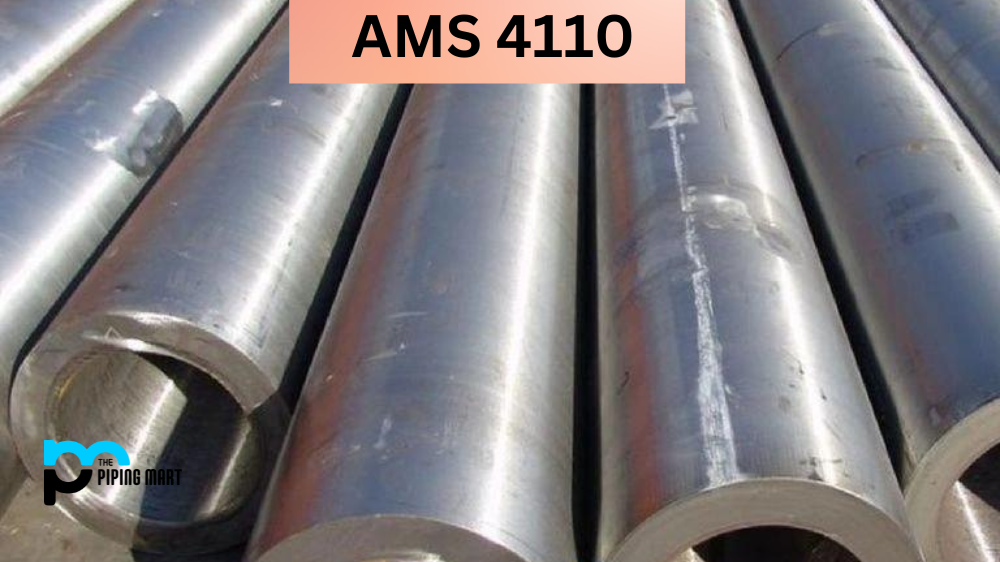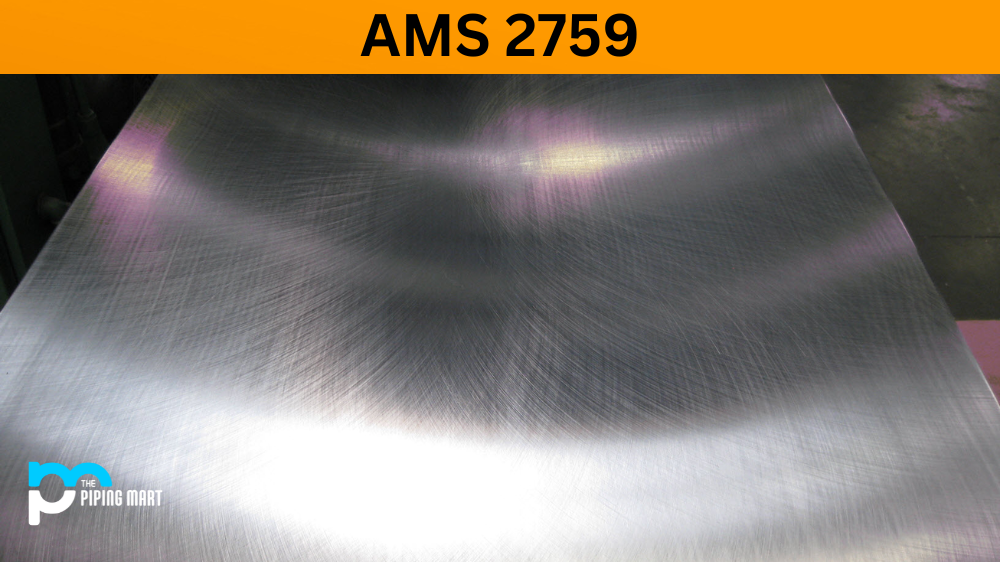Alloys blend fused metals to form a composite material with unique properties. Alloy AL 52, also known as UNS K92520, is a material with outstanding properties that make it a popular choice in various industrial applications. Its unique composition and mechanical characteristics make it a versatile material. In this blog, we’ll dive deep into the design, mechanical and physical properties, uses, corrosion resistance, and welding of Alloy AL 52.
Alloy AL 52 Composition
The composition of Alloy AL 52 consists of iron, nickel, magnesium, and chromium. It also contains small traces of copper, cobalt, titanium, molybdenum, and aluminium. The magnesium content in Alloy AL 52 makes it a desirable material for high-temperature applications. While the nickel content gives it superior corrosion resistance, chromium content aids in its ability to resist wear and tear.
Alloy AL 52 Mechanical Properties
Alloy AL 52 exhibits excellent mechanical properties such as high strength, ductility, and machinability. It also has a low coefficient of thermal expansion, high creep strength, and low thermal conductivity. These properties make Alloy AL 52 ideal for manufacturing heat exchangers, turbine blades, and jet engines.
Alloy AL 52 Physical Properties
Alloy AL 52 has a density of 8.10g/cm3 and a specific heat capacity of 0.460 J/gK. It also has a high melting point of 1415°C or 2579°F and a boiling point of 3089°C or 5592°F. These physical properties make Alloy AL 52 an excellent choice for high-temperature applications like those in the aerospace industry.
| Properties | Metric | Imperial |
|---|---|---|
| Density | 8.30 g/cm³ | 0.3 lb/in³ |
| Melting point | 1427°C | 2600°F |
Alloy AL 52 Equivalent
- ASTM F30-68
- MIL I-23011 Class 2
Alloy AL 52 Uses
The unique composition and mechanical properties of Alloy AL 52 make it an ideal material for many industrial applications. Its high strength, corrosion resistance, and durability make it perfect for manufacturing jet engine parts, heat exchangers, and turbine blades. It is also famous for manufacturing heat-resistant components in the nuclear and petrochemical industries.
Alloy AL 52 Corrosion Resistance
Alloy AL 52 exhibits excellent corrosion resistance, especially in acidic and alkaline environments. The nickel content in Alloy AL 52 gives it superior corrosion resistance properties. It can withstand corrosion caused by sulfuric acid, hydrochloric acid, and sodium hydroxide. These corrosion resistance properties make Alloy AL 52 ideal for use in chemical processing plants, with a high risk of corrosion.
Alloy AL 52 Welding Techniques
Alloy AL 52 has excellent weldability due to its low thermal conductivity. It can be welded through gas tungsten arc welding (GTAW), gas metal arc welding (GMAW), and resistance welding. The choice of welding technique depends on the type of application and the criteria required from the application.
Conclusion
In conclusion, Alloy AL 52 is a versatile material with excellent mechanical and physical properties. Its unique composition makes it desirable for high-temperature applications in multiple industries, including aerospace, chemical processing, and nuclear. Its superior corrosion resistance properties make it an excellent choice in acidic and alkaline environments. The ease of welding makes it an ideal choice for fabricating complex components. Understanding its composition, properties, and welding techniques can enable engineers to maximize its potential and use this remarkable material best.

Pipingmart is a B2B portal that specializes in metal, industrial and piping items. Additionally, we share the latest information and information about materials, products and various types of grades to assist businesses that are involved in this business.




